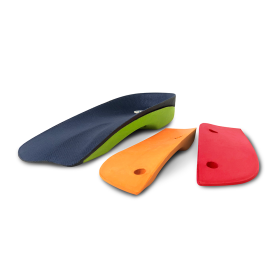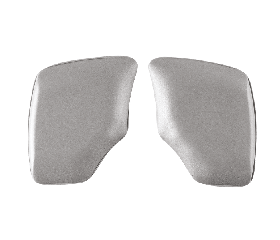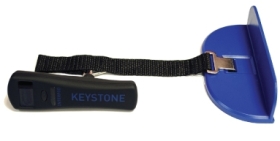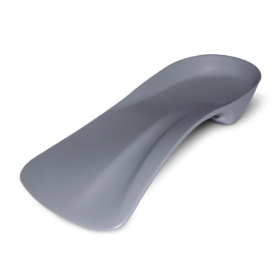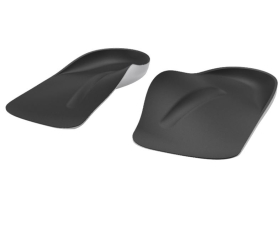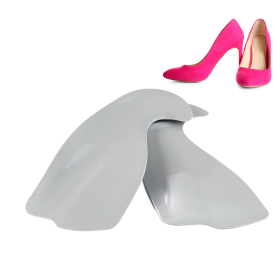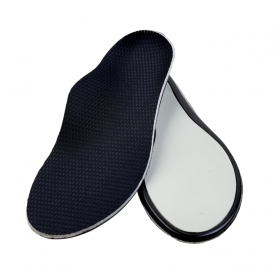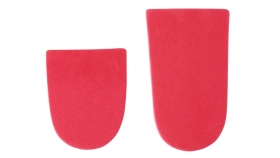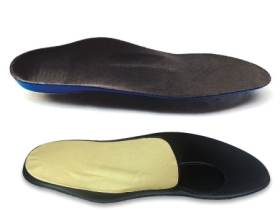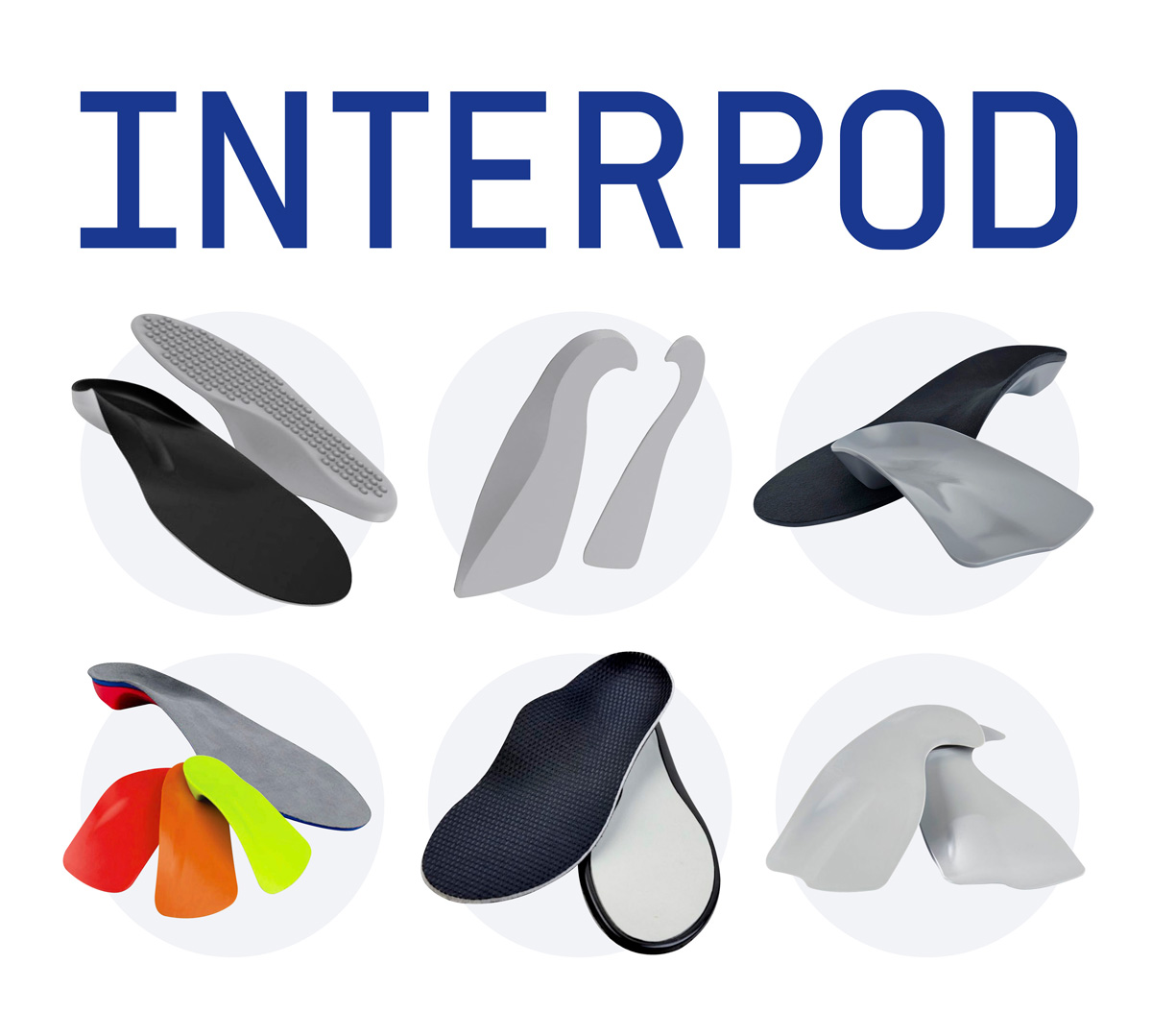
INTERPOD ORTHOTIC LIBRARY
The INTERPOD LIBRARY is a custom range of pre-made orthotics. Prescribing the correct orthotic from the Library is done by following the Four Steps to Prescribing lnterpod as shown below.
The advantages of using an Orthotic Library system over other orthotic manufacturing methods such as plaster casting, CAD CAM or 3D printing include:
- Immediate fit, observation and patient review
- Known levels of support - arch height, rearfoot and midfoot control
- Shoe fit and comfort are immediately determined
- Elimination of lab errors
Short and Medium Term use of Orthotics
Orthotics can be used effectively in the short term to treat injuries because alternative treatment options such as increasing the ability of the tissues to take the load, or to find other ways to reduce the load, take time. other treatment methods such as mechanobiology techniques - like eccentric loading exercises or changing running form - also take time.
Long Term use of Orthotics
If an athlete will not comply with exercises needed to help adapt the tissues to the demands placed upon them, or where the repetitive loads on the tissues are too high then the long term use of orthotics maybe necessary. Excessive repetitive loads can also be due to an individual’s biomechanics where high joint moments are a result of the individuals joint axis position. Excessive body weight can also be a contributing factor.
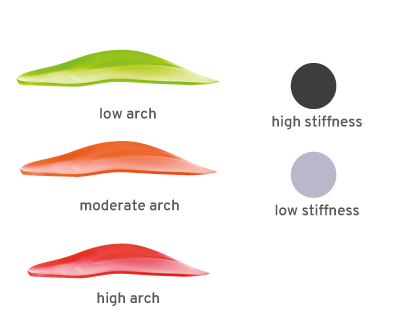
FOUR STEPS TO PRESCRIBING INTERPOD
- Determine how much support is needed from your orthotic:
i. Use the Keystone Device to measure supination resistance.
ii. Design features - such as arch height, material type and orthotic stiffness can then be considered and selected.
iii. Determine if the device require additions - raise, forefoot pad. - Check Windlass Mechanism:
i. Do Jack’s and check 1st Met and Ray for motion.
ii. Design features - such as lateral pad, Plantar groove, 1st Cut away, rearfoot wedging can be prescribed. - LungeTest:
i. Checks the amount of dorsiflexion available at the ankle joint. Limited dorsiflexion means heel lifts may be beneficial. - Fit to Foot and Shoe:
i. Check patient footwear. Sometimes the patient must be advised to wear a more supportive shoe to accommodate the orthotic. If the patient is unwilling to compromise a slimmer orthotic or zero degree device maybe required.
ii. Patient trials orthotic inside shoe and is assessed. Library system allows options such Soft or Flex, stiffness, arch height, orthotic additions, cover type and overall comfort to be immediately reviewed.
Orthotic features unparalleled
Evidence-based orthotic design features including: plantar fascial groove, rearfoot wedge, cuboid notch, lateral support ridge and plantar flexion of 1st ray.
Designed by 'real' Podiatrists
Interpod, established in 1999 by 2 Australian podiatrists, is a range of effective pre-fabricated foot orthotics using design features which are supported by independent University Research.
Condition specific devices unrivalled
Prefabricated foot orthoses from Interpod have been shown to improve foot malalignment, that results in several known foot conditions from plantar fasciitis and arch pain to forefoot pain.
Popular Interpod Solutions
